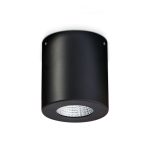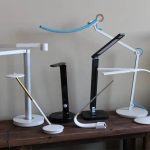Why LED Light Remotes Fail: Tips to Troubleshoot Your Remote Control

LED light remotes have become a popular choice for homeowners who want to control their lighting with ease. These remotes are efficient, easy to use, and provide a range of benefits, including energy savings and convenience. However, there are times when these remotes can fail, leaving homeowners frustrated and in the dark. If you are experiencing issues with your LED light remote, it’s important to understand the possible causes of the problem and how to troubleshoot it effectively. There are a variety of reasons why LED light remotes can fail. Some of the most common causes include dead batteries, interference from other electronic devices, a faulty remote control, or a problem with the LED lights themselves. Fortunately, there are several steps you can take to troubleshoot your remote control and get it working again. In this guide, we will explore some of the most common issues that can cause an LED light remote to fail and provide tips on how to troubleshoot and fix the problem.
LED light remotes are devices used to control LED lights. They operate using infrared signals that are transmitted from the remote to the LED lights. These signals carry commands such as turning the lights on or off, changing the color of the lights, and adjusting their brightness. However, LED light remotes can fail due to various reasons, such as battery issues, signal interference, or damage to the device. Troubleshooting these issues can involve checking the battery, ensuring that there are no obstructions between the remote and the lights, and resetting the remote. By understanding the potential causes of LED light remote failure and taking appropriate steps, users can enjoy uninterrupted control over their LED lights.
Troubleshooting remotes is crucial to ensure the smooth functioning of LED lights. A malfunctioning remote can cause frustration and inconvenience, especially in situations where the remote controls multiple lights or other devices. It is important to understand the root cause of any issues with the remote control and fix it accordingly. Simple steps like replacing batteries, checking for any physical damage or interference, and resetting the remote can help troubleshoot most problems. Regular maintenance and periodic checks can prevent remote failure and ensure that the LED lights work correctly. Troubleshooting remotes is an essential aspect of maintaining a functional and efficient lighting system.
Common Reasons LED Light Remotes Fail
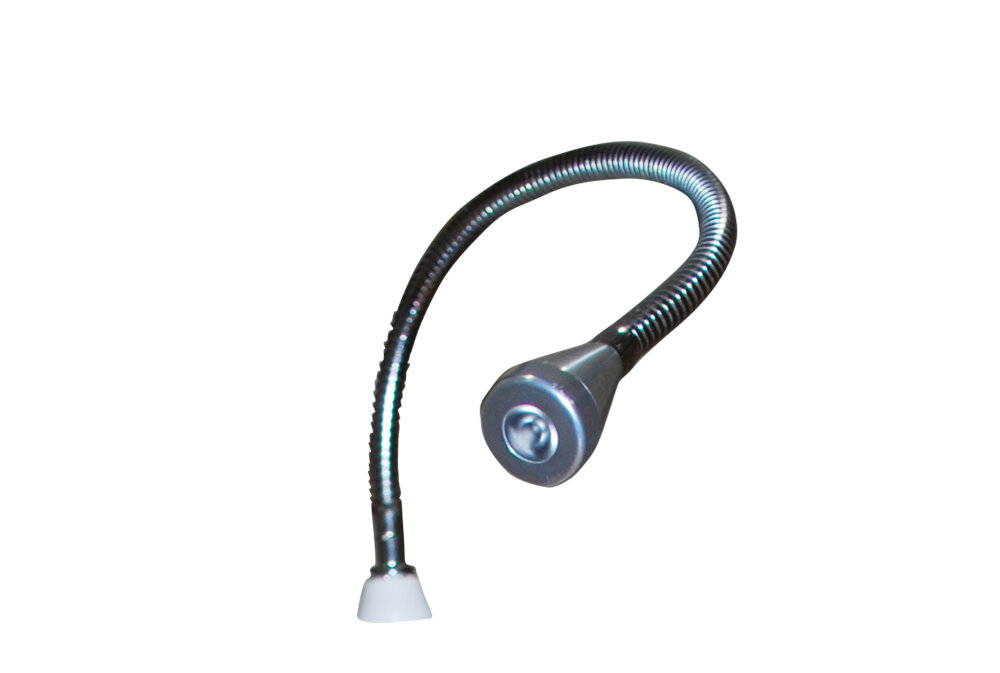
LED light remotes are a convenient way to control your lighting fixtures without having to get up and manually switch them on or off. However, like any electronic device, they can fail for a variety of reasons. One of the most common reasons LED light remotes fail is due to battery issues. Over time, the batteries in your remote may lose their charge or become damaged, causing the remote to stop working. In some cases, the batteries may need to be replaced, while in others, the remote may need to be repaired or replaced entirely. Another common reason LED light remotes fail is due to interference from other electronic devices. If you have other electronic devices in your home that operate on the same frequency as your LED light remote, such as a Wi-Fi router or a cordless phone, they may interfere with the signal from your remote and cause it to stop working. In some cases, simply moving the interfering device further away from your LED light remote may solve the problem. In other cases, you may need to use a different frequency or channel for your LED light remote to avoid interference. By understanding the common reasons LED light remotes fail, you can troubleshoot your remote control and keep your lighting fixtures working properly.
Low battery levels can be a common issue with LED light remotes, causing them to fail or function improperly. When the battery levels are low, the remote may respond slowly or not at all. It is essential to keep an eye on the battery levels and replace them promptly when they begin to run low. Various factors can affect the battery life, such as the frequency of use, temperature, and type of battery used. Therefore, it is vital to use high-quality batteries and store the remote in a cool, dry place to prolong battery life. By taking care of the battery levels, LED light remote control issues can be avoided, and it can function properly.
Signal interference is a common problem with electronic devices that use radio waves to transmit signals. In the case of LED light remotes, signal interference can occur when other electronic devices in the surrounding area emit signals on the same frequency as the remote. This can cause the remote to fail or not function properly, resulting in frustration for the user. To troubleshoot this issue, it is recommended to move the remote and the LED light to a different location away from potential sources of interference, such as other electronic devices or metal objects. Additionally, using a remote control extender or a signal booster can help to overcome the interference and improve the range and reliability of the remote.
Physical damage is one of the most common reasons why LED light remotes fail. This type of damage can occur in various ways, such as dropping the remote or exposing it to water or extreme temperatures. The impact of physical damage can be seen in the form of cracks or dents on the remote’s surface, which can cause malfunctioning of the internal components. In addition, physical damage can also cause the remote’s circuit board to become loose, resulting in poor connectivity and reduced remote control range. Therefore, it is essential to handle the remote with care and keep it away from situations that may cause physical damage to ensure its longevity and optimal performance.
User error is a common issue that can cause LED light remotes to fail. Many people may not realize that they are not using the remote correctly, which can lead to frustration and confusion. Some common user errors include not pointing the remote at the receiver, using the wrong buttons or settings, or simply not understanding how the remote works. To troubleshoot this issue, it’s important to carefully read the instructions and familiarize yourself with the remote’s features and functions. Additionally, make sure you are using the correct batteries and that they are installed properly. Taking the time to understand and use the remote correctly can help prevent user error and prolong the life of your LED light remote.
Tips to Troubleshoot LED Light Remotes
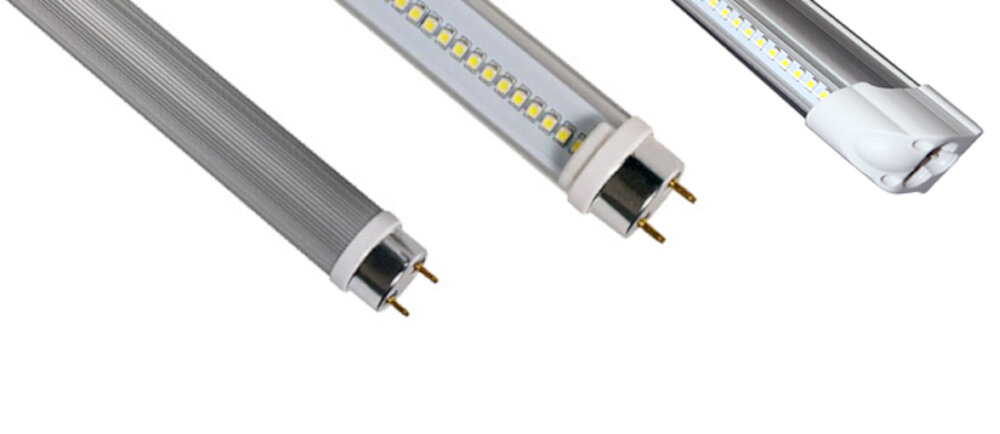
LED light remotes have become increasingly popular due to their energy efficiency and long lifespan. However, like any other electronic device, these remotes can fail or malfunction. When this happens, it can be frustrating to have to manually turn on and off the lights. Fortunately, there are some simple tips that you can use to troubleshoot your LED light remote. Firstly, it is important to check the batteries in your remote. If the batteries are low or dead, the remote will not work. Replace the batteries with new ones and test the remote to see if it works. If the remote still does not work, check for any obstructions between the remote and the receiver. Objects such as furniture or walls can block the signal, preventing the remote from working properly. Move any obstacles out of the way and try again. If these tips do not work, you may need to consult the user manual or contact the manufacturer for further assistance.
Checking the battery levels is one of the simplest and quickest ways to troubleshoot a failing LED light remote. In many cases, the remote control just needs a fresh set of batteries to function properly. It is essential to replace the batteries regularly, especially if the remote control is frequently used. Low battery levels can cause the remote control to send weaker signals, leading to connectivity issues with the LED light. If the battery levels are low, replace them with new batteries that match the required specifications. Additionally, it is advisable to keep spare batteries on hand to avoid any inconvenience caused by a dead remote control.
If you are experiencing issues with your LED light remote, one of the first troubleshooting steps you can take is resetting the remote. This can often solve problems such as unresponsiveness or incorrect function. To reset the remote, start by removing the batteries and waiting for at least 30 seconds before replacing them. You can also try pressing and holding down the power button for several seconds. Additionally, check for any physical damage or obstructions that may be interfering with the remote signal. By resetting your remote and checking for other potential issues, you can get your LED lights back up and running smoothly.
Signal interference is a common problem that can cause LED light remotes to fail. Interference can occur when other electronic devices emit electromagnetic radiation that interferes with the signals sent between the remote and the LED lights. To check for signal interference, start by checking for any nearby electronic devices that could be causing the interference. Move these devices further away or turn them off to see if this resolves the issue. Additionally, changing the frequency of the remote or adjusting the sensitivity of the LED light receiver may help minimize interference. It’s important to identify and resolve any signal interference issues to ensure reliable and consistent performance of your LED light remote.
One of the most common reasons why LED light remotes fail is physical damage. It is important to inspect the remote for any signs of physical damage such as cracks or dents. Physical damage can occur due to mishandling or accidental dropping of the remote. Even slight damage to the remote’s casing can affect the functioning of the internal components. In addition, physical damage can cause the batteries to become loose, affecting the connection between the batteries and the remote. Therefore, it is important to be careful and handle the remote with care to avoid physical damage.
When it comes to troubleshooting LED light remotes, one of the essential steps to take is to consult the user manual. The user manual contains valuable information that can help you identify the problem and the appropriate solutions to fix it. It provides details on how to program the remote, change the batteries, reset the remote, and troubleshoot common issues. The manual also includes diagrams, instructions, and troubleshooting tips that are specific to your remote, making it an indispensable tool for identifying and correcting problems with your LED light remote control. By consulting the user manual, you can save time and money on repairs and get back to enjoying your LED lights with ease.
Advanced Troubleshooting Techniques
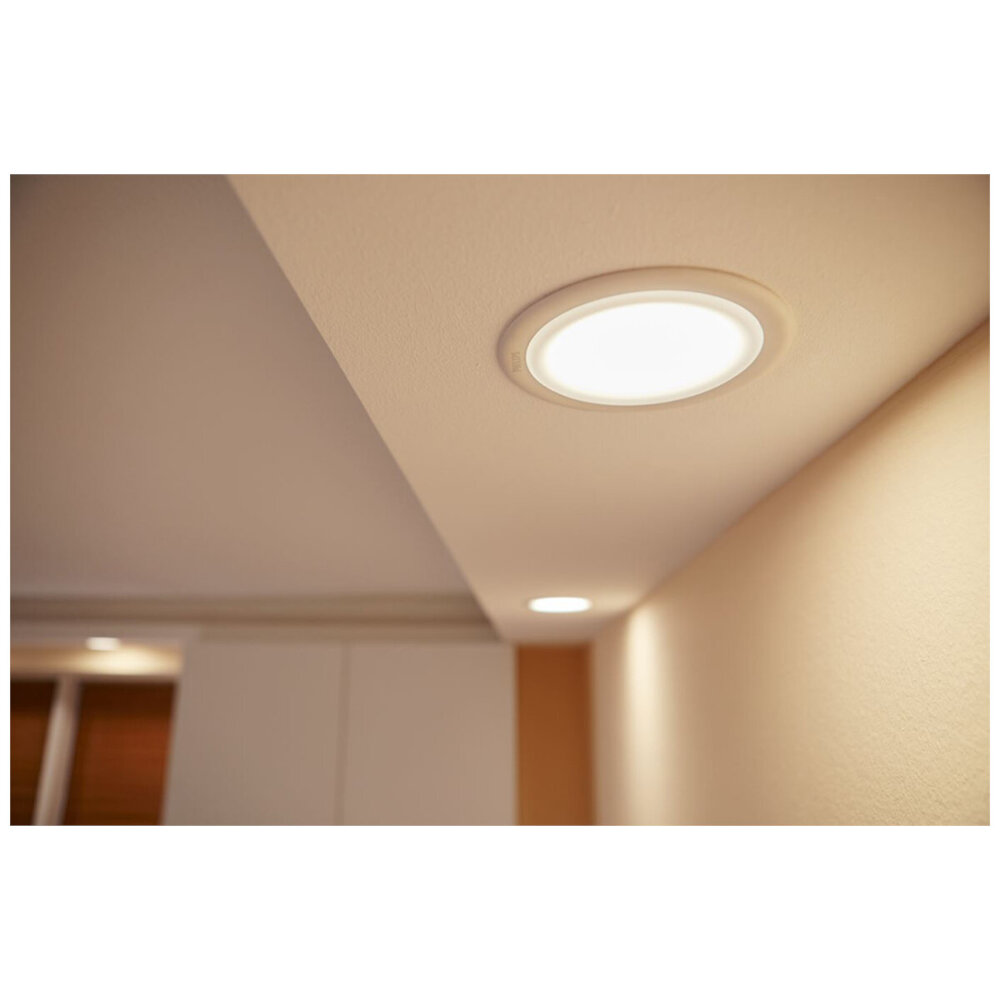
Advanced troubleshooting techniques can be useful when dealing with complicated issues, such as those that may arise with LED light remotes. One of the most important techniques to keep in mind is to start with the basics. This means checking to ensure that the remote control is properly programmed and that the batteries are fresh and installed correctly. Additionally, it’s important to check for any physical damage to the remote, which could be affecting its functionality. If these basic troubleshooting steps don’t solve the problem, it may be necessary to move on to more advanced techniques. Another helpful technique for troubleshooting LED light remotes is to use a universal remote. This can help to determine whether the issue is with the remote itself or the LED light system. If the universal remote is able to control the LED lights, it’s likely that the issue is with the original remote. In this case, it may be necessary to replace the remote or contact the manufacturer for additional assistance. Alternatively, if the universal remote is also unable to control the LED lights, it’s possible that there is an issue with the light system itself, which may require professional repair or replacement. By using advanced troubleshooting techniques, it’s possible to quickly and effectively identify and resolve issues with LED light remotes.
One effective way to troubleshoot a remote control that is failing to respond to LED lights is to use an infrared camera to check the signal strength. With this tool, you can easily detect any possible interference or blockage that may be affecting the communication between the remote control and the device it is supposed to operate. By pointing the infrared camera at the remote control and pressing the button, you can see if the infrared signal is being transmitted correctly. If the signal is weak or not transmitted at all, you may need to replace the batteries or reposition the device to ensure a clear line of sight. This simple technique can help you quickly identify and resolve issues with your remote control, ensuring that it continues to work smoothly and effectively.
If you’re tired of juggling multiple remotes for your entertainment system or various devices, it may be time to try using a universal remote. These devices are designed to work with a wide range of electronics, from TVs and cable boxes to game consoles and home theater systems. With a universal remote, you can simplify your setup and control everything with just one device. Plus, many models offer advanced features like voice control and programmable buttons, making it easy to customize your experience. So if you’re looking for a more streamlined way to manage your electronics, consider investing in a universal remote today.
If you’re experiencing difficulties with your LED light remote, contacting the manufacturer for assistance is a crucial step to take. The manufacturer will have a wealth of knowledge and expertise on their products, and they can provide you with the necessary support and guidance to resolve the issue. They may be able to offer troubleshooting tips, provide replacement parts, or even send a technician to help you diagnose and fix the problem. By reaching out to the manufacturer, you can ensure that you’re taking the right steps to get your remote up and running again, and you can avoid further frustration and inconvenience. Don’t hesitate to contact the manufacturer for assistance, as they are there to help you get the most out of your LED light remote.
Prevention Techniques
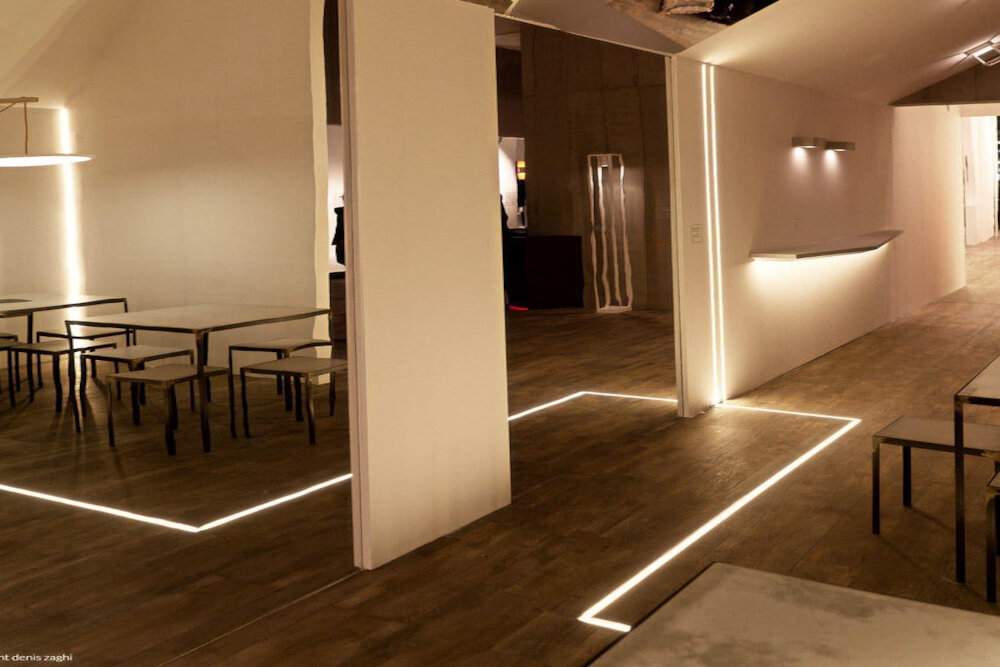
Prevention techniques are essential to minimize the chances of LED light remote failures. One of the most important steps is to avoid exposing the remote to extreme temperatures, as this can cause the components to malfunction. It is also advisable to keep the remote away from direct sunlight, as this can damage the plastic casing and cause the buttons to stick. Additionally, it is important to keep the remote clean and dry, as dirt and moisture can cause the circuit board to short-circuit. To prevent accidental drops, it is a good idea to keep the remote in a protective case or pouch. Another way to prevent LED light remote failures is to replace the batteries regularly. Batteries that are low on power can cause the remote to function erratically or not at all. It is also important to use the correct type of batteries, as using the wrong type can damage the circuit board. If the remote is not being used for an extended period, it is a good idea to remove the batteries to prevent leakage. Finally, it is important to handle the remote with care and avoid pressing the buttons too hard, as this can cause the contacts to wear out prematurely. By following these prevention techniques, users can prolong the lifespan of their LED light remotes and avoid common issues such as unresponsive buttons or dead batteries.
One of the most common reasons for a LED light remote control to fail is due to the use of low-quality batteries. Many people tend to buy cheaper batteries in an effort to save money, but this can ultimately be a costly mistake. High-quality batteries, such as alkaline batteries, have a longer lifespan and provide consistent power, ensuring your remote control functions properly. Additionally, rechargeable batteries can also be a good option, as they can be reused multiple times and are more environmentally friendly. By investing in high-quality batteries, you can avoid the frustration and inconvenience of a malfunctioning remote control.
Keeping the remote control clean and dry is crucial for its proper functionality. Neglecting to do so can result in malfunctioning buttons or a completely dead remote. Dust, dirt, and moisture can accumulate inside the remote and cause damage to the internal components, leading to a shortened lifespan of the device. To prevent this, it is recommended to regularly wipe down the remote with a microfiber cloth and avoid exposing it to water or other liquids. Additionally, storing the remote in a dry and cool location can further protect it from damage. By taking these simple precautions, you can ensure that your LED light remote will continue to work effectively for years to come.
To ensure the longevity of your LED light remote, it is important to avoid physical damage. This can be achieved by handling the remote with care and avoiding dropping or mishandling it. Additionally, it is important to keep the remote away from water or other liquids that can damage the internal components. If the remote is not in use, it should be stored in a safe and dry place. It is also recommended to avoid exposing the remote to extreme temperatures or direct sunlight, as this can cause damage to the internal circuitry. By taking these precautions, you can help to prevent physical damage to your LED light remote and ensure that it continues to function properly for years to come.
One of the most common reasons why LED light remotes fail is due to improper storage. When not in use, it’s important to keep your remote control in a safe and secure spot. Avoid leaving it lying around on the couch or coffee table, as it can easily get knocked off and damaged. Instead, consider storing it in a designated spot, such as a remote control holder or a drawer. Additionally, be mindful of the temperature and humidity levels in the storage area, as extreme conditions can cause damage to the remote’s internal components. By taking simple steps to properly store your remote control, you can help extend its lifespan and avoid the frustration of a malfunctioning device.
Remote failure is a common issue that can occur with LED light remotes. There are several reasons why this may happen, including low battery life, damaged or broken buttons, interference with other electronic devices, and incorrect programming. Troubleshooting tips can help resolve these issues, such as replacing the batteries, checking for any physical damage, moving the remote closer to the light source, and resetting the programming. Additionally, it’s essential to ensure that the remote is compatible with the LED light and that it’s being used correctly. By following these troubleshooting tips, remote control issues can be resolved quickly and effectively, allowing for a seamless and enjoyable LED light experience.
Taking care of remotes is crucial in preventing their failure. Remotes are an essential component of modern electronics and are used extensively in our daily lives. A malfunctioning remote can cause a lot of inconvenience and frustration, and in some cases, it can even render the device useless. To avoid such scenarios, it is essential to take proper care of remotes. Simple measures such as avoiding exposure to extreme temperatures, keeping them clean, and replacing batteries regularly can go a long way in extending their lifespan. Additionally, handling remotes with care, avoiding dropping them or spilling liquids on them, can prevent damages that may result in failure. By taking these precautions, we can ensure that our remotes remain functional and reliable, enabling us to enjoy our devices without interruption.
For troubleshooting and maintaining LED light remotes, it is essential to keep a few things in mind. Firstly, always make sure that the remote is functioning correctly by checking the battery levels and replacing them if necessary. Secondly, ensure that the remote is pointed directly at the LED light and there are no obstructions between them. Thirdly, avoid exposing the remote to extreme temperatures or moisture as this can damage the device. Finally, if the remote fails to function correctly, try resetting it by removing the batteries, waiting for a few minutes, and then reinserting them. By following these tips, you can ensure that your LED light remote remains functional and reliable for a prolonged period.
Conclusion
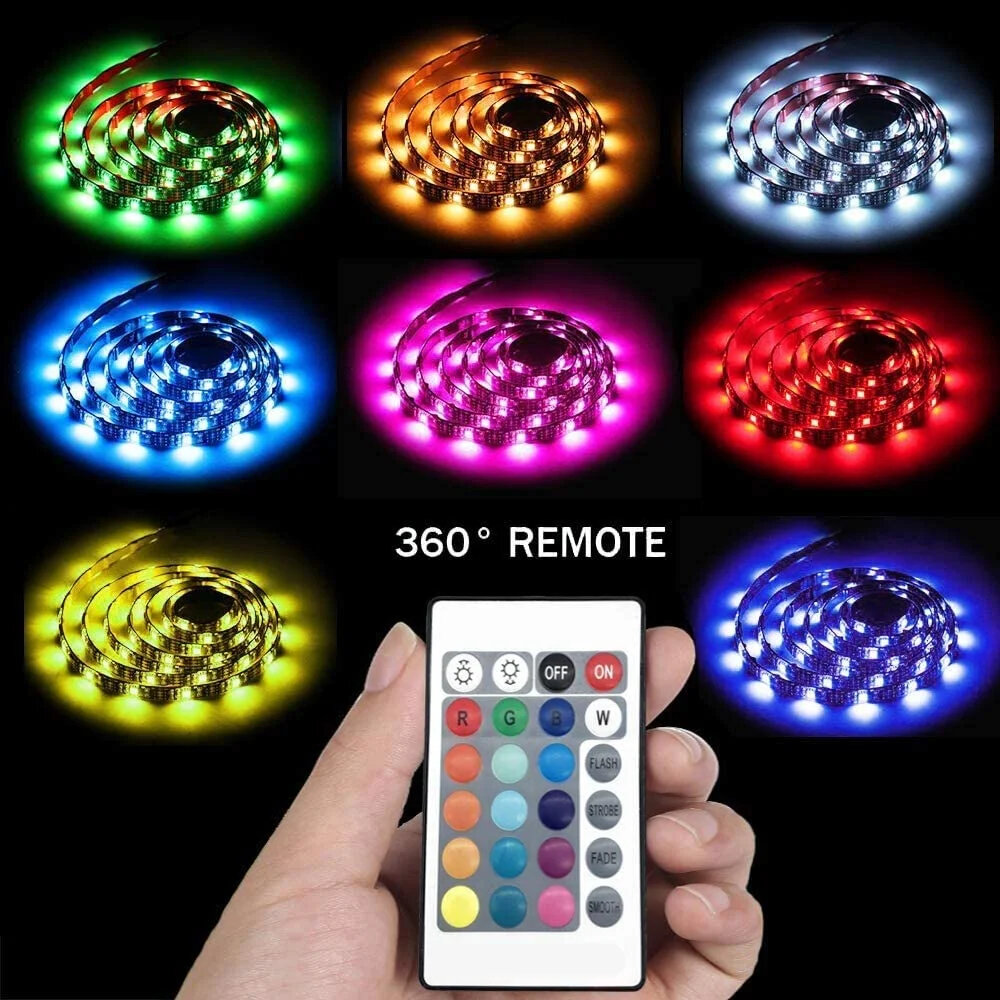
In conclusion, understanding why LED light remotes fail and how to troubleshoot them can save you time, money, and frustration. From simple solutions like changing the batteries to more complex ones like resetting the remote, there are several steps you can take to get your remote control working again. Additionally, proper maintenance and care can prevent remote control issues from happening in the first place. By following these tips and being proactive, you can ensure that your LED light remote control functions properly and reliably for years to come.


